They don’t build skyscrapers; they steal them. In forests from Panama to Pennsylvania, climbing vines hitch a ride up the bodies of trees, saving energy on wood and spending it on leaves, speed, and stealth. Scientists are now piecing together the playbook behind this apparent shortcut, revealing a suite of strategies that turn tree architecture into borrowed scaffolding. The result is a quiet power shift at canopy height, where sunlight is currency and every centimeter matters. The question no one expected a generation ago is now unavoidable: will vines tip the balance of the world’s forests in a warming, more disturbed century?
The Hidden Clues
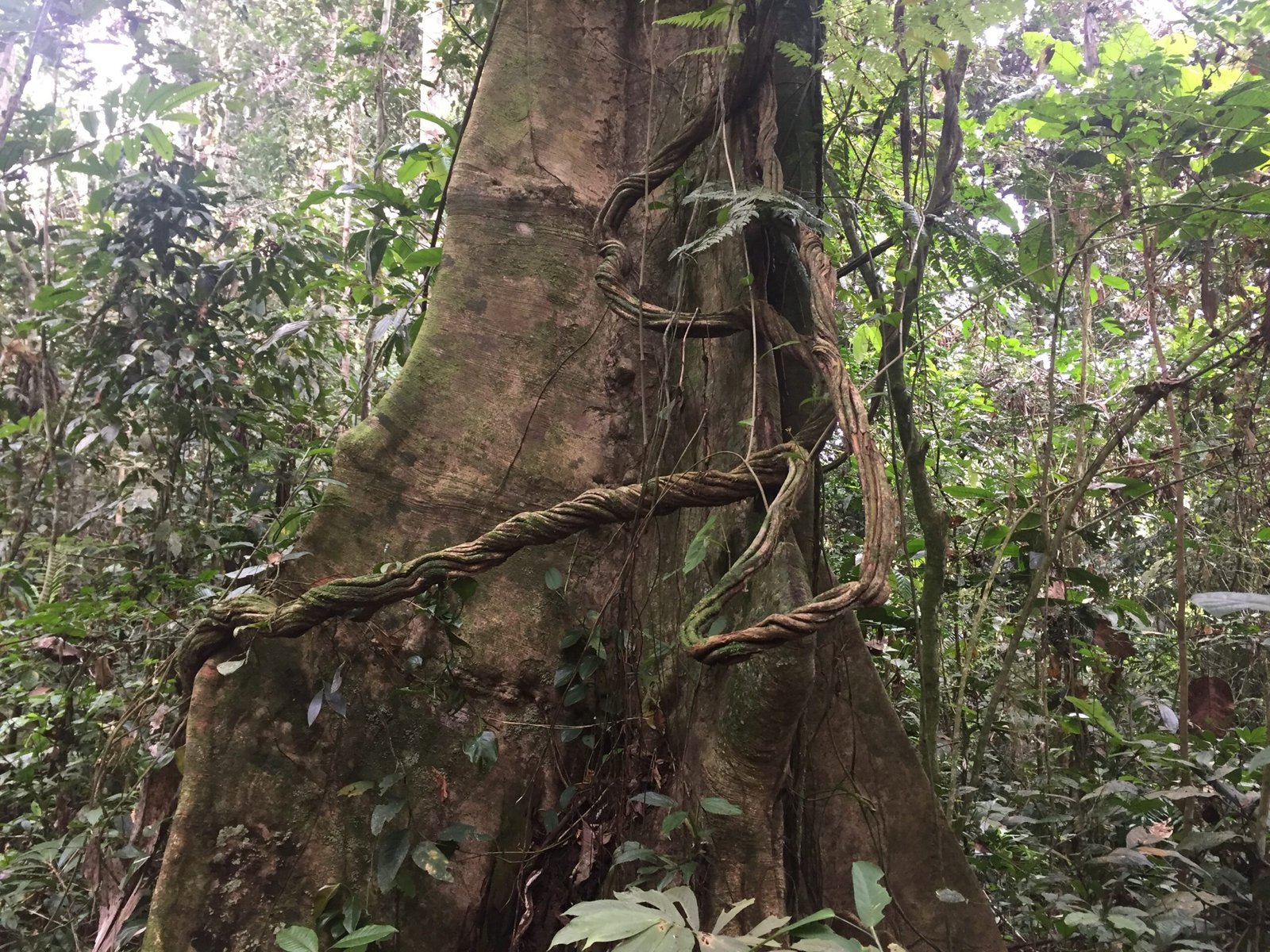
What if the forest’s most relentless climbers win their battles by refusing to build trunks? Lianas and other woody vines invest less in heavy support tissue and more in flexible stems and leaves, reaching the canopy faster than many trees. That speed is not just luck; it’s an evolved strategy to surf light gaps after storms, branch falls, or logging, when sunlight hits the forest floor for a brief, golden window.
I remember pausing on a trail in Costa Rica, watching a vine slip like a rope around a sapling as if it knew the route by heart. The trick is a mix of sensing and patience: a slow spiral search, a brush against bark, and then a decisive wrap. By the time a young tree realizes it has company, the vine may already be drinking light from the treetops.
Slingshots and Velcro: The Engineering of a Climb
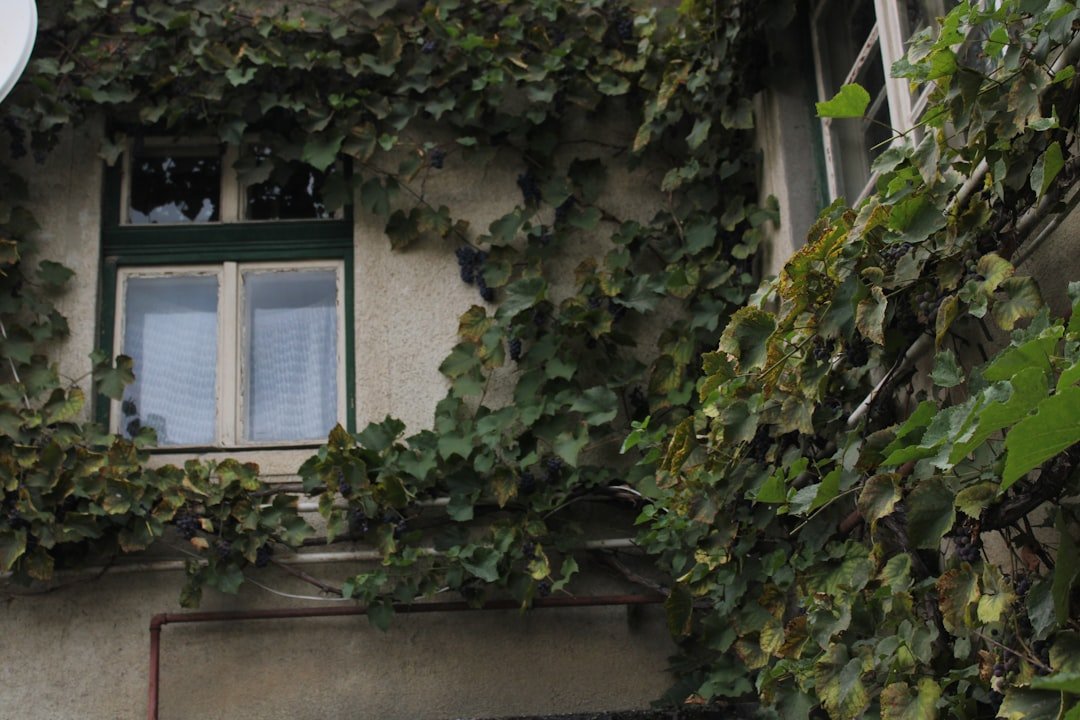
Vines don’t all climb the same way, and that diversity is a mechanical marvel. Some twine their stems in graceful helices, others launch tendrils that coil like tiny springs, and a few deploy adhesive pads that grip bark with surprising force. Ivy’s attachment discs, for example, spread a natural glue across microscopic ridges, creating a contact area that behaves like biological Velcro under tension.
Those tendrils aren’t passive strings; they store elastic energy and then lock, stabilizing the plant against wind and gravity. Hooks and spines add another layer, snagging crevices and leaf petioles with the opportunism of a rock climber finding hidden holds. It’s elegant engineering aimed at one outcome: get up, stay up, and spend saved resources on growth and reproduction.
Darkness, Touch, and Scent: The Hidden Navigation System
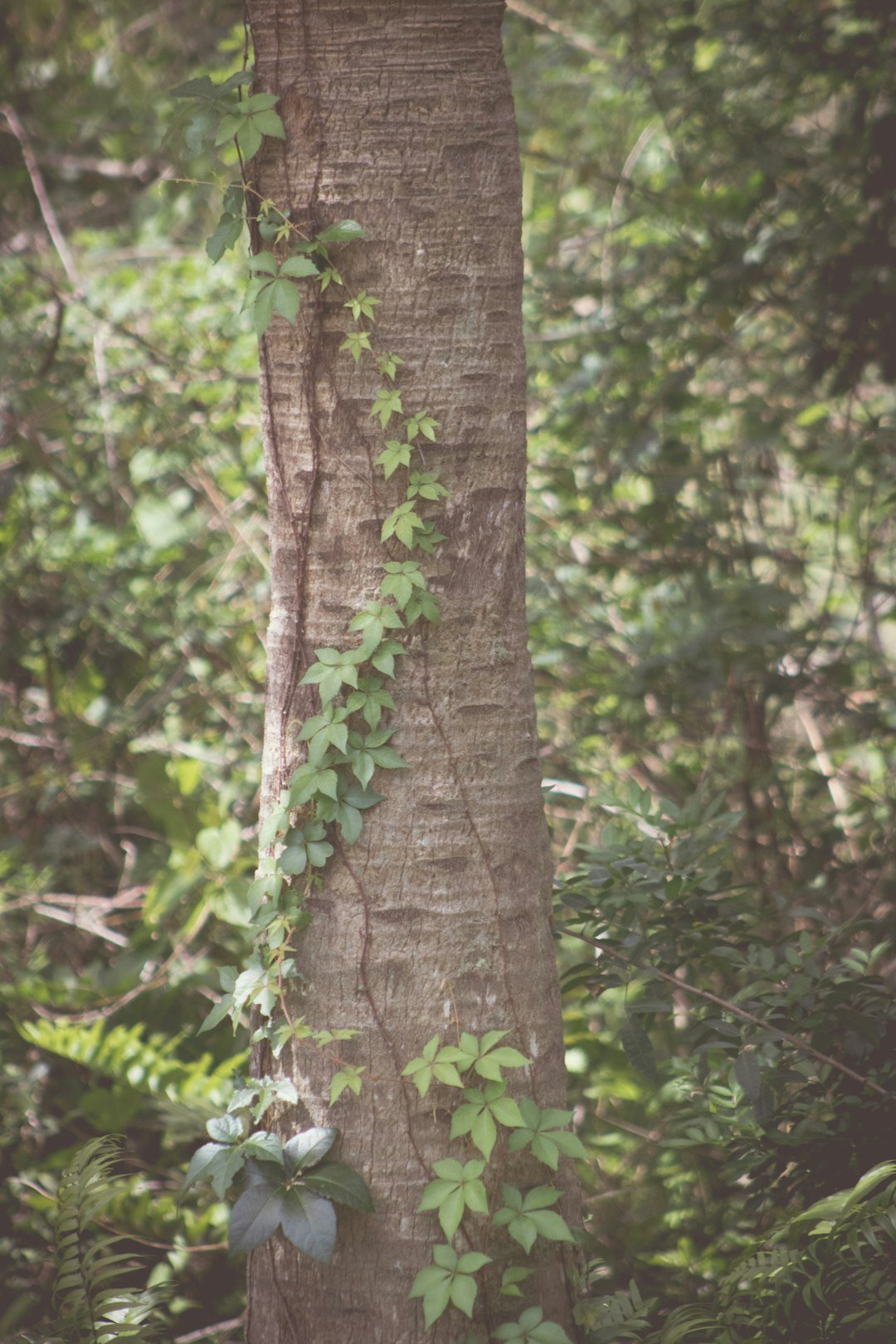
Vines read the forest the way sailors read currents. Thigmotropism – growth guided by touch – lets stems and tendrils detect support within minutes to hours, triggering curvature toward whatever they’ve brushed. Skototropism adds a twist: some juvenile vines grow toward darkness, a reliable sign of a tree trunk in a dappled understory, before turning skyward once they’ve latched on.
There’s chemistry in the mix, too. Parasitic relatives like dodder can home in on airborne cues emitted by potential hosts, a reminder that plant “navigation” uses scent as well as light and touch. Add the slow, circular search pattern known as circumnutation and you get a guidance system that feels less like aimless wandering and more like a patient, multisensory survey.
From Ancient Tools to Modern Science
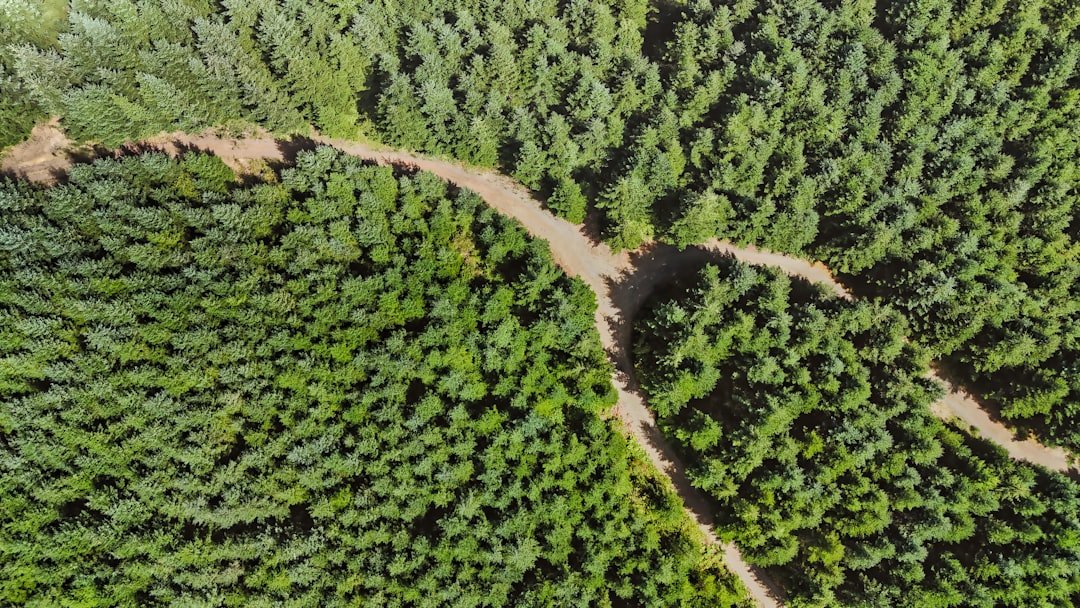
People have read and used vines for millennia, from weaving cordage to marking seasonal changes, but modern tools are finally keeping pace with the canopy drama. Drones skim the treetops to map where vine tangles bridge crowns, while laser-based LiDAR reveals how those bridges alter canopy structure and wind exposure. Hyperspectral sensors add color beyond human vision, separating vine-draped crowns from tree leaves by subtle differences in chemistry and water content.
On the ground, long-term forest plots have tracked vine abundance across decades, linking booms to drought, edge effects, and disturbance. Combining those plots with satellite time series is transforming scattered observations into regional trends rather than anecdotes. The message is increasingly consistent: in many seasonal and fragmented tropical forests, vines are on the rise.
Global Perspectives
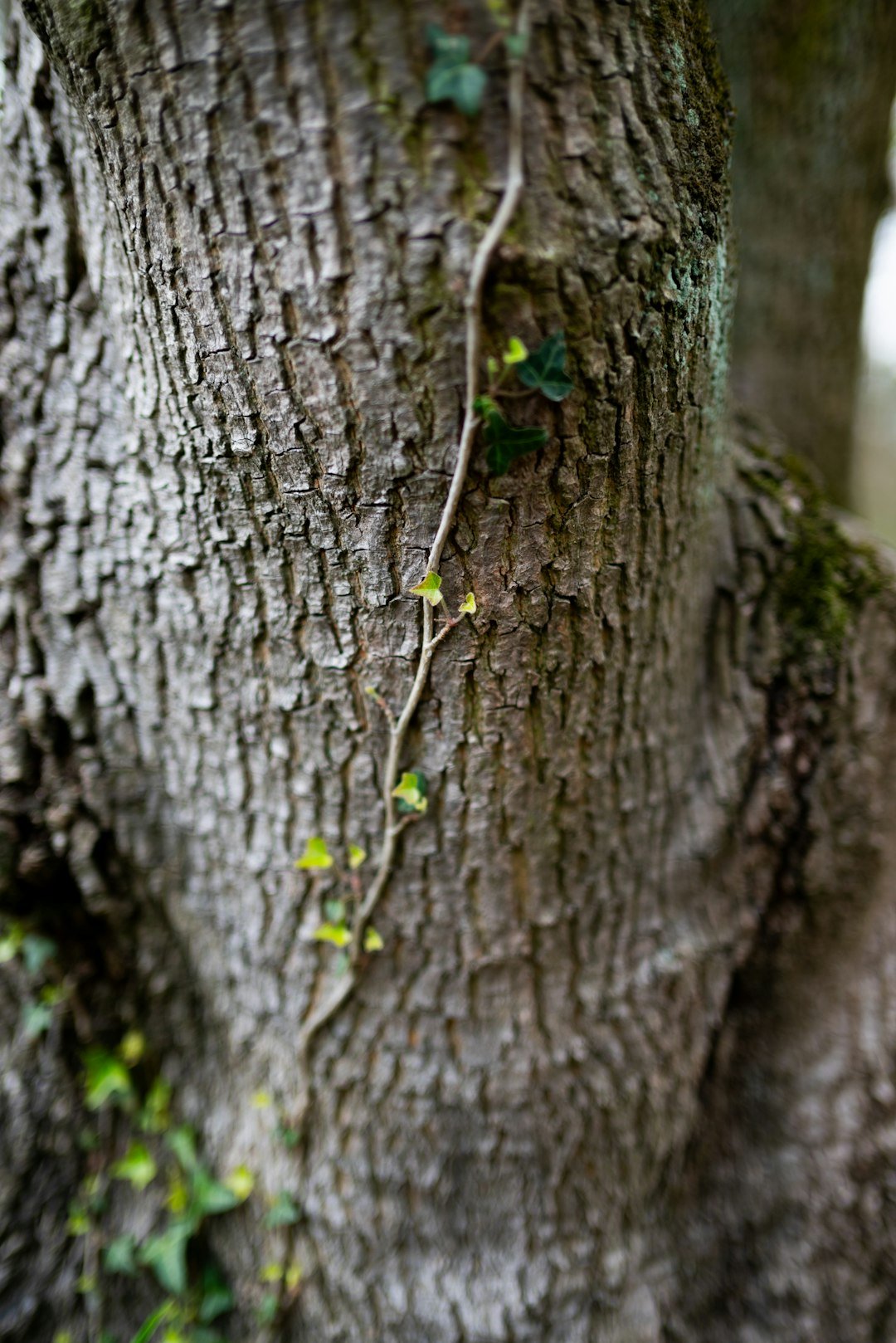
Vines are most conspicuous in the tropics, where evergreen canopies and frequent gaps reward fast climbers, but the story doesn’t end there. Temperate forests host aggressive climbers as well, from wild grape to poison ivy, and some benefit from longer growing seasons and elevated carbon dioxide. Edges and city-adjacent woodlots often show thicker vine loads, an ecological tell that disturbance favors hitchhikers.
Not all regions are identical, and that matters for policy and restoration. Some wet, intact forests keep vine loads in check, while seasonal forests and logged landscapes tend to invite them in. Understanding those contrasts helps managers choose where careful vine cutting can speed tree recovery – and where vines should be left for wildlife value.
Why It Matters
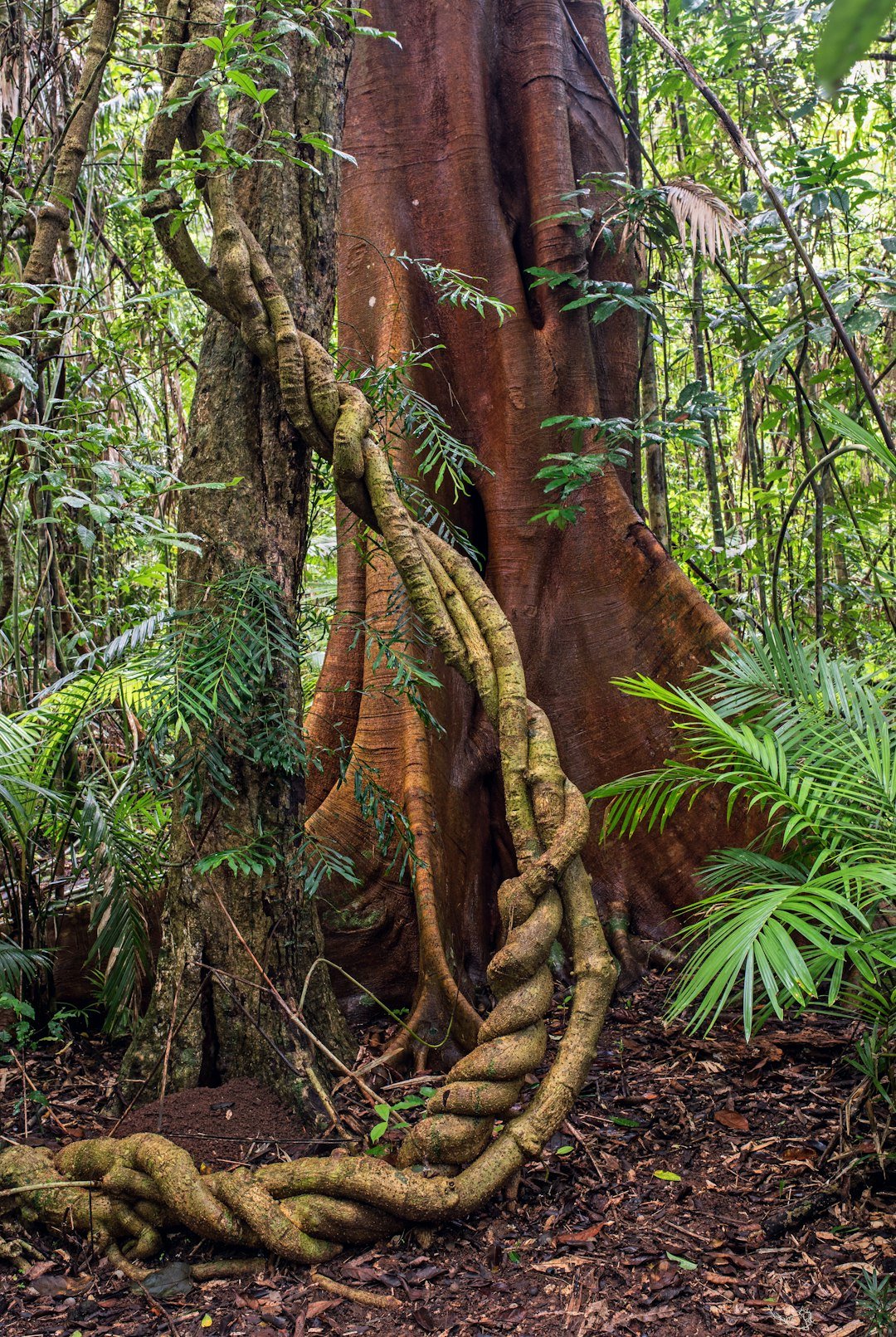
Vines are not villains, but they do change the math of forests. By leaning on trees instead of building their own trunks, they can slow tree growth, increase branch fall, and make crowns more vulnerable to storms. That translates into less carbon locked in wood over time in places where vines are abundant and aggressive.
Yet the ledger isn’t one-sided. Vines feed birds and mammals with flowers and fruit, stitch canopies together to form movement highways, and create shaded refuges during heat waves. The real question is balance: in a future with more droughts, edges, and storms, will vine advantages outpace the services they provide, and by how much?
The Future Landscape
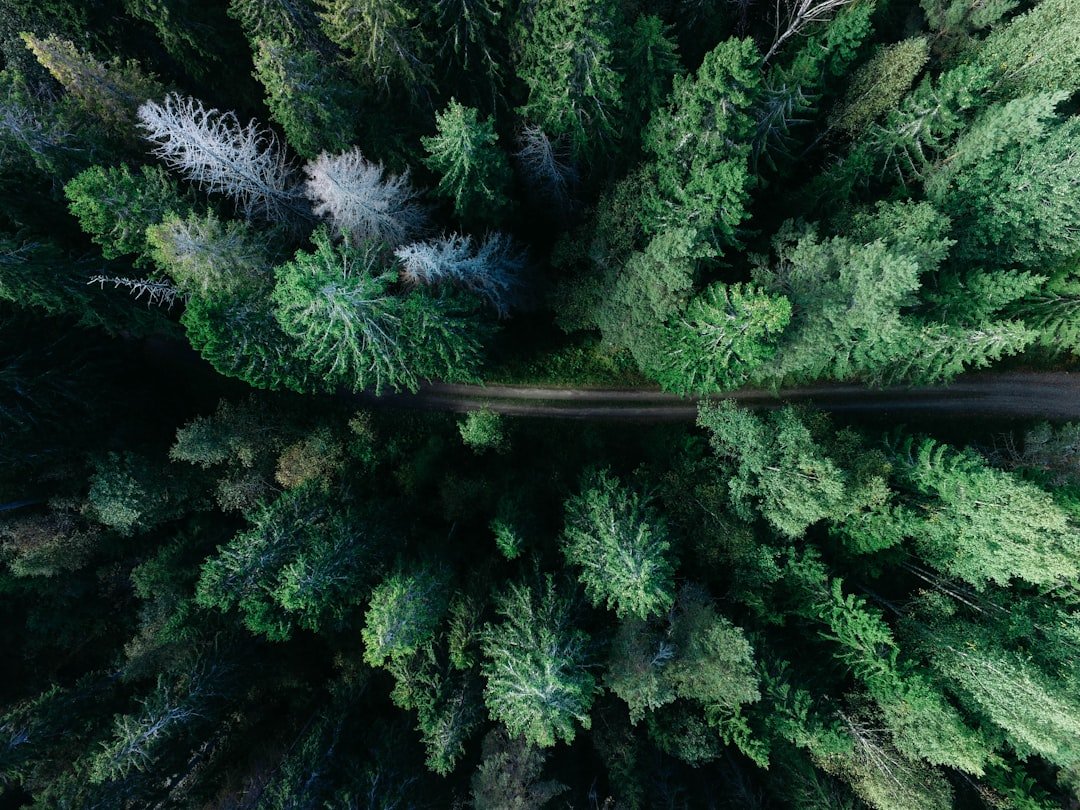
Next-generation satellites and airborne missions are poised to watch vine dynamics with unprecedented clarity. As climate extremes sharpen, models that once treated “forest” as a single green block are being rebuilt to include the distinct fingerprints of vines on water use, reflectance, and growth. That finer resolution will improve carbon forecasts and guide restoration money to places where it buys the biggest resilience gains.
Management will get smarter, too. Selective vine cutting before harvest can reduce collateral damage in timber operations, while targeted retention protects wildlife corridors and food sources. The toughest challenge may be predicting thresholds – points where an extra nudge of drought or disturbance flips a forest into a vine-dominated state that’s hard to reverse.
The Hidden Costs and Quiet Advantages
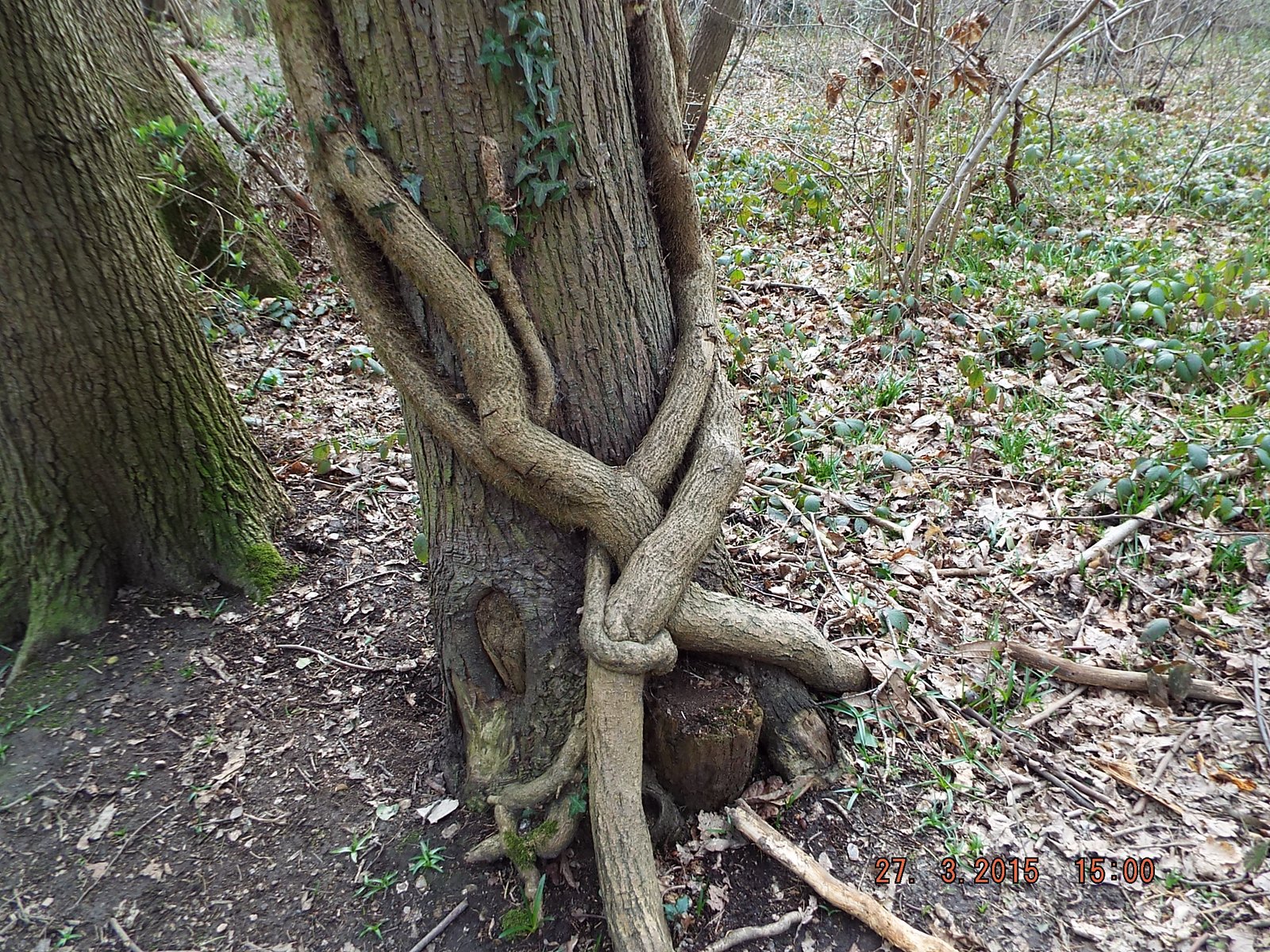
Beyond carbon, vines shift the economics of tree survival in subtle ways. Their shared hydraulic pathways can intensify competition for water during dry spells, yet some vines keep photosynthesizing when neighboring trees shut down, nudging seasonal dynamics in unexpected directions. Dense mats can also shade seedlings, altering which species win the next generation.
Still, those same tangles serve as ladders for pollinators and as cover for small mammals escaping predators. In restoration sites, a measured presence of native climbers may stabilize microclimates while tree canopies re-form. The trick is moving from blunt rules to context – when to cut, when to tolerate, and when to celebrate the complexity they bring.
Call to Action
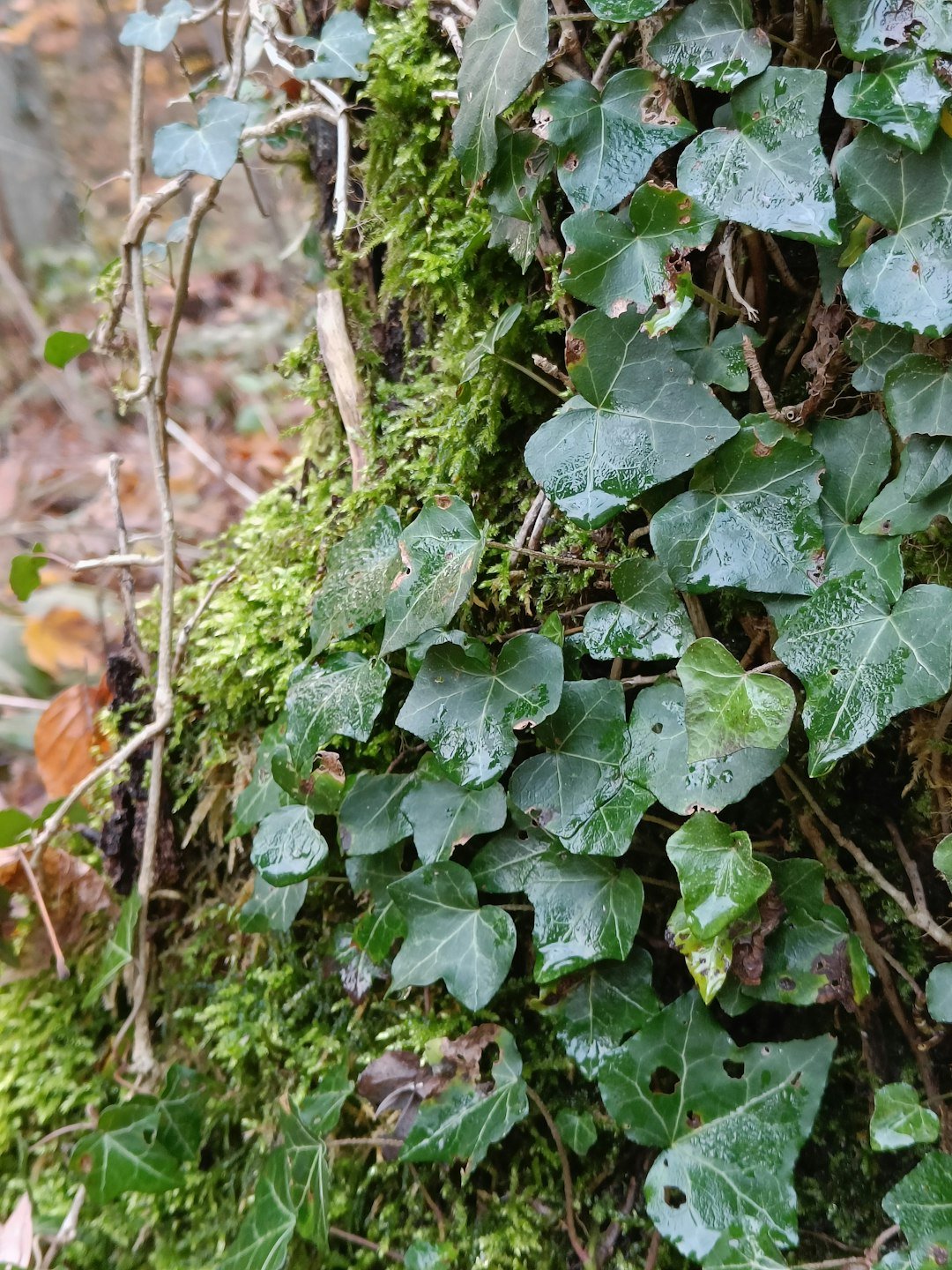
You don’t need a canopy crane to make a difference. Support protected areas that maintain large, unfragmented forest blocks, because intact cores naturally moderate vine pressure while preserving wildlife that relies on climbers. Back researchers and local groups who monitor long-term plots and fly drones, since regular measurements turn hunches into evidence that guides smart interventions.
If you manage land, favor native vines and remove invasive climbers that smother regenerating trees, especially along edges and after storms. Join community science projects that map vine loads in parks, photograph seasonal flowering, or track post-disturbance recovery, because many small observations add up to a clear signal. The next time you see a vine threading toward the light, notice the audacity – and ask yourself whose ladder it is, and what future it’s building for the forest: did you expect that?

Suhail Ahmed is a passionate digital professional and nature enthusiast with over 8 years of experience in content strategy, SEO, web development, and digital operations. Alongside his freelance journey, Suhail actively contributes to nature and wildlife platforms like Discover Wildlife, where he channels his curiosity for the planet into engaging, educational storytelling.
With a strong background in managing digital ecosystems — from ecommerce stores and WordPress websites to social media and automation — Suhail merges technical precision with creative insight. His content reflects a rare balance: SEO-friendly yet deeply human, data-informed yet emotionally resonant.
Driven by a love for discovery and storytelling, Suhail believes in using digital platforms to amplify causes that matter — especially those protecting Earth’s biodiversity and inspiring sustainable living. Whether he’s managing online projects or crafting wildlife content, his goal remains the same: to inform, inspire, and leave a positive digital footprint.




